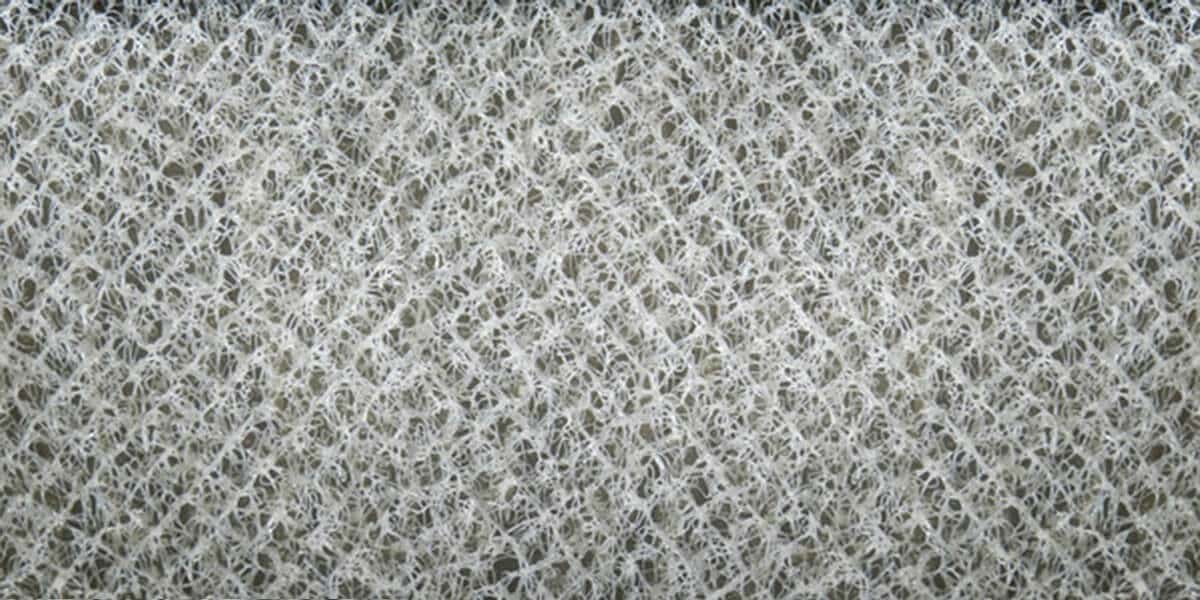thinking about things, and Not a suggested cure-all but rather a tempering measure, has anyone fabricated & installed a rubber skirt around the molded base of the tent unit and extended it down to close off the space between it and the vehicle roof?
think how a safari roof acts keeping the first offence of heat away from a vehicle roof. it's a buffer, not a complete solution. but it does help. 50 years ago i ran a plywood skirt around my hippy house trailer and it made a whirl (sic) of difference in the capability of the propane space heater.
a sheet of roofing rubber and package of snap-the-dot fasteners might be all that's needed to complete the science project. given a generous overlap on the vehicle greenhouse, the windward side would be pushed tighter to seal, and leeward fly free to let any ingress go on about its way. obviously the bed pan over the vehicle style tent would benefit most from this improvement, and some modification might be needed to divert away from a tent to ground vestibule lest it become an balloon. the skirt would be removed when the tent is prepared for travel, adding 5 minutes to breaking camp.
remember, when you see the Maggiolina or Tepui accessory for this, you heard it here first!

